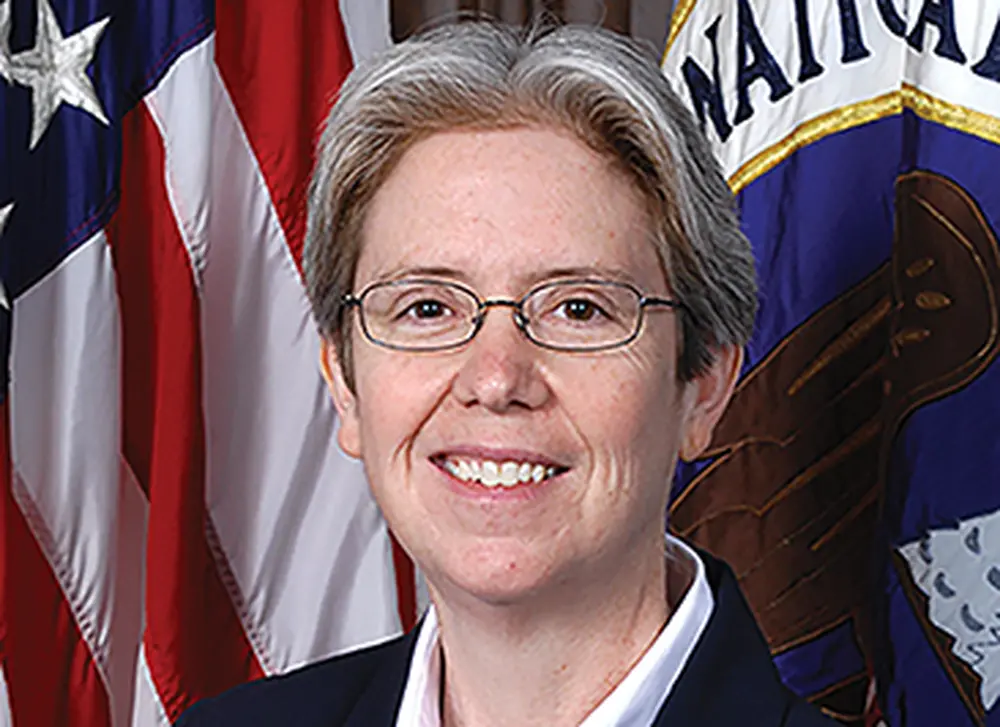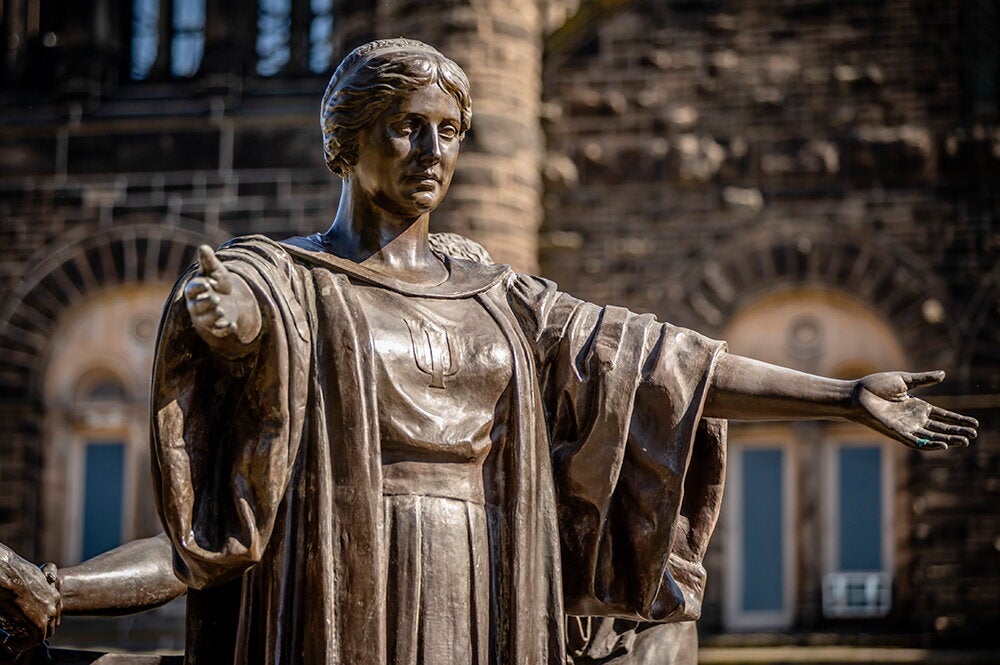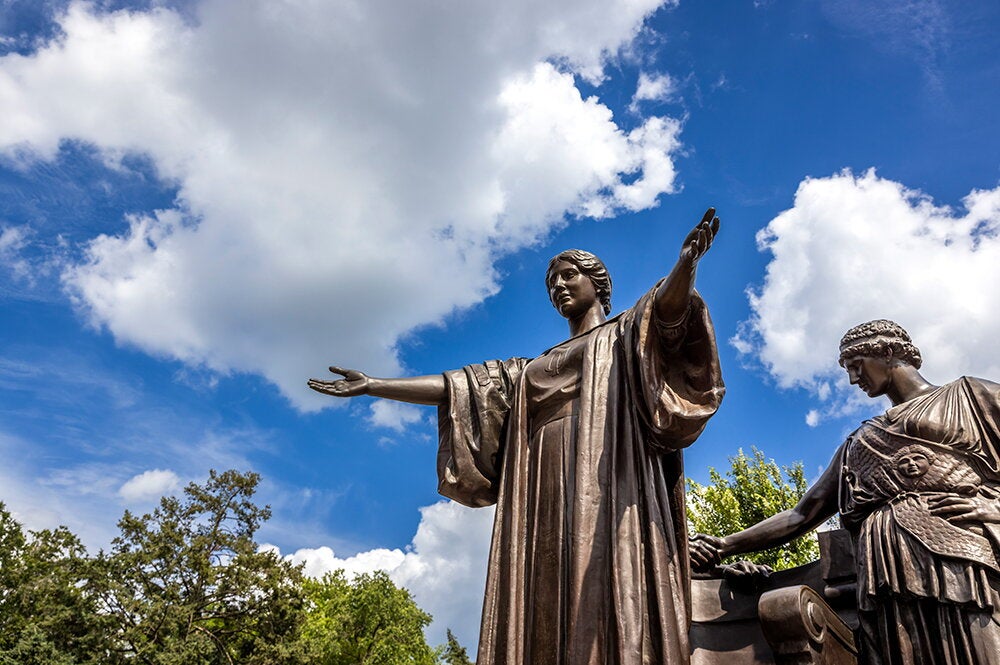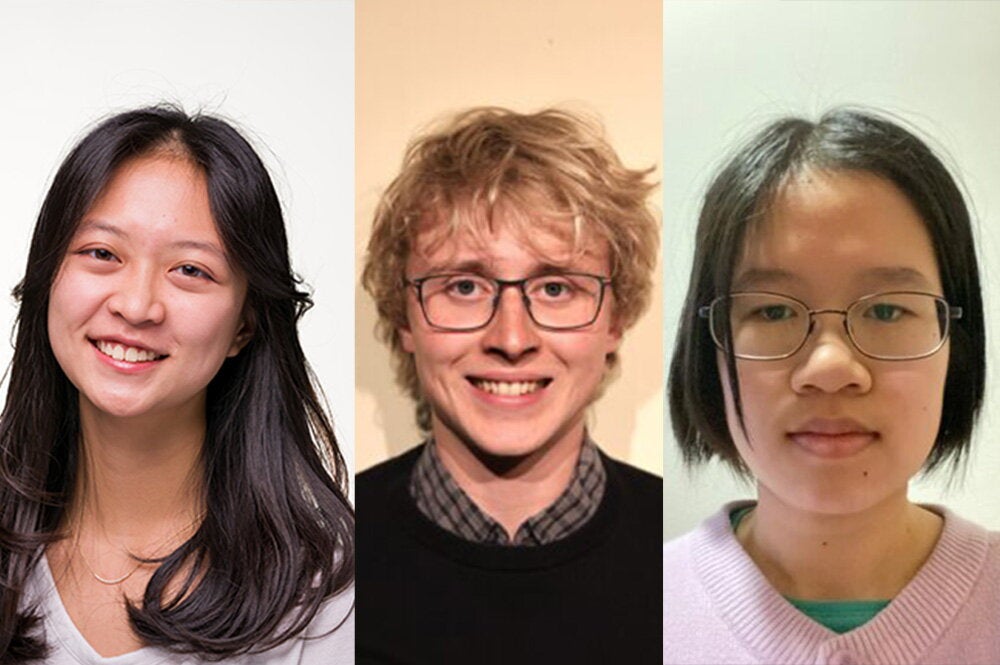

Mary Lynn Reed will never forget the morning she woke up in San Diego to a phone call from her mother back in Florida. The day was September 11, 2001.
“My mom told me to turn the TV on,” said Reed (MS, ’90; PhD, ’95; mathematics). “At that point, the first plane had hit the World Trade Center. It was a surreal memory as I drove to work that day in shock. I was beside myself, wanting to do something to help in the national security arena.”
Two days later, on September 13, she began doing counterterrorism work at a research center in La Jolla, California—a center that did work exclusively for the National Security Agency.
For Reed, this was actually a return to the NSA because she had already worked for the agency for several years in Maryland before moving to San Diego to take a position with a software company. Her boss at the NSA didn’t want to lose her, so Reed had maintained her top-secret clearance after she moved to San Diego. That made it possible for her to leave the software company and go back to doing NSA work immediately.
Today, she is the NSA’s chief of mathematics research and a 2018 winner of the LAS Alumni Achievement Award—not bad for someone who once thought she might not make it through the intense PhD program in math at Illinois.
“I had trouble with some of my early qualifying exams,” Reed said. “I thought I wasn’t going to survive and maybe I should go somewhere else.” But several faculty members supported her, including U of I math professor Bruce Reznick, and she finished her PhD in 1995.
Reed reminded Reznick of that story when she was on campus earlier this year to receive a professional achievement award from the Department of Mathematics.
Reed grew up in Tampa, Florida, where her first passion was computers. She still recalls writing simple programs for her Commodore 64 in the early 1980s, and when she went to Georgia Tech for her undergraduate degree, she started out in computer science.
One of her computer science professors told Reed he admired her because she did just enough work to get the lowest possible A. “My head was exploding,” Reed said, “because he had no idea how hard I had to work to get that A.”
However, this class made it clear to her that she was much better in math than in computer science. It was also beginning to dawn on her just how much she loved algebra. As a result, when Reed came to Illinois for her graduate work, she did her PhD in algebraic geometry.
When she finished her degree, the job market for mathematicians was tight. The Berlin Wall had fallen six years earlier, and mathematicians from Eastern bloc countries in Europe had flooded the job market in the United States. Still, she managed to find a math position at the Philadelphia College of Pharmacy and Science—although it was not her dream job.
Reed had done a lot of interviews leading up to this first job, and one of them happened to be with two mathematicians from the NSA. She was impressed with how knowledgeable they were about her research area. But it wasn’t until a year later, when she was teaching at the pharmacy college, that she decided to take what she called “a leap of faith.”
She accepted a position at the NSA, but because of the top-secret nature of this work, she didn’t know exactly what she would be doing until she arrived on the job. Ironically, the two mathematicians who interviewed her are still on staff and now work for her.
When 9/11 happened, Reed had been gone from the NSA for less than a year. Drawn back to the agency, she worked at the NSA’s Institute for Defense Analysis (IDA) in La Jolla until 2003, but that’s when her father began to have health problems.
Her father’s health crisis highlighted to Reed just how far away California was from family in Florida. So she moved back to Florida, where she did actuarial analysis for a year before the NSA found a position for her at the MacDill Air Force Base in Tampa.
Finally, she managed to work her way back to the main NSA headquarters in Fort Meade, Maryland, partway between Baltimore and Washington, D.C. There, she moved up through the system and was promoted to the senior ranks in 2014. In 2016, she became chief of mathematics.
As the chief, she not only oversees the agency’s mathematicians, but she oversees three NSA research centers, including the IDA research center in La Jolla, where she previously worked.
According to Reed, the NSA has two sides to its mission—offense and defense.
“On the offense side of the mission, we’re trying to break the codes of foreign adversaries, so our leaders can have insights into their communication,” she said. “On the defense side, we design cryptographic codes to keep our government communications secure.”
Reed wound up spending most of her career on the offense side—breaking codes and designing tools to help intelligence analysts grapple with massive amounts of data.
As she puts it, “Breaking codes is pretty exhilarating.”
But mathematics research at NSA supports both sides of the mission, and as a leader, Reed now fully appreciates that “a strong defense is critical.”
Although her work remains in shadow, Steven Knox (MS, ’92; PhD, ’96; mathematics) technical director of mathematical research and fellow alumnus, wrote a letter in support of her award nomination that gives a sense of the impact her efforts have had.
“Several years ago, in the middle of a major and rapidly developing international crisis, the organization led by Mary Lynn was asked to develop a machine learning solution to a difficult operation problem,” Knox writes. “In next to no time, Mary Lynn helped to ensure that all needed personnel, computer, and data-storage resources were made available. This enabled a small team of her staff to develop a solution which was widely deployed operationally, directly resulting in a resolution of the crisis without military action and saving many lives.”
In the midst of her pressure-cooker job, Reed tries to find time for her other passion—creative writing. Because her NSA work is top secret, she cannot bring it home with her, and this gave her time to work in the evenings on an MFA degree in creative writing. She completed her master’s from the University of Maryland in 2013.
Reed has published several short stories and recently turned her attention to historical fiction, dipping into her family history about her Welsh ancestors. She is also working on a novel and hopes to “someday be satisfied with it.”
The novel is a coming-of-age story about a young female mathematician—something she knows a fair amount about.


